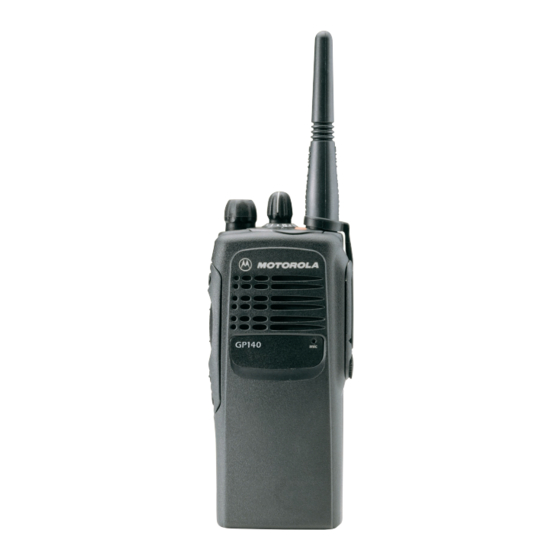Motorola GP340 ATEX Hizmet Bilgileri - Sayfa 13
Radyo Motorola GP340 ATEX için çevrimiçi göz atın veya pdf Hizmet Bilgileri indirin. Motorola GP340 ATEX 26 sayfaları. Professional radio, power distribution and controller
Ayrıca Motorola GP340 ATEX için: Şartname Sayfası (5 sayfalar), Kullanıcı Kılavuzu (31 sayfalar), Şartname Sayfası (2 sayfalar), Kullanıcı Kılavuzu (30 sayfalar), Kullanıcı Kılavuzu (30 sayfalar), Temel Kullanım Kılavuzu (10 sayfalar), Hizmet Bilgileri (32 sayfalar), Hizmet Bilgileri (30 sayfalar), Hizmet Bilgileri (24 sayfalar), Hizmet Bilgileri (31 sayfalar), Hizmet Bilgileri (43 sayfalar), Hizmet Bilgileri (30 sayfalar)

